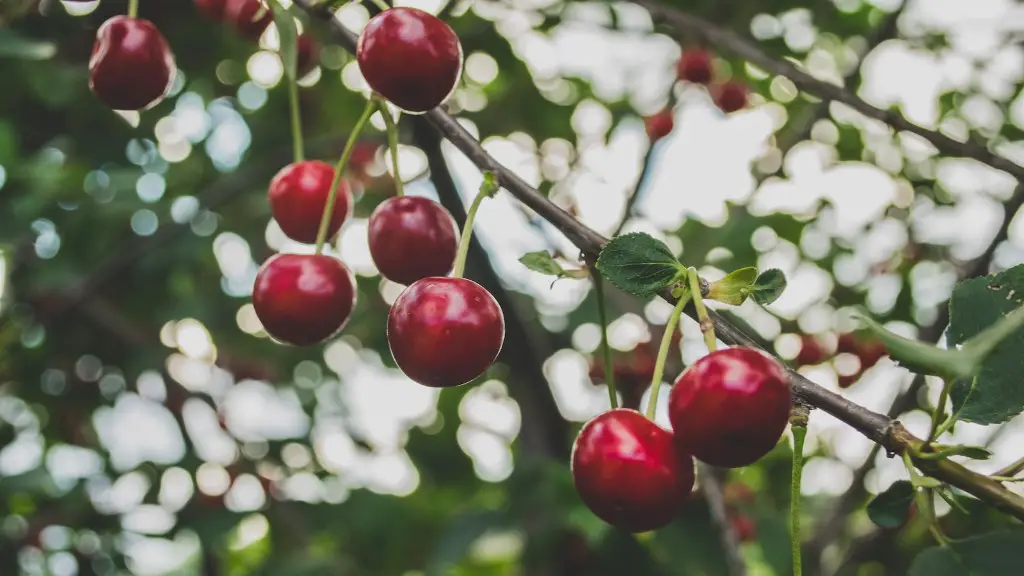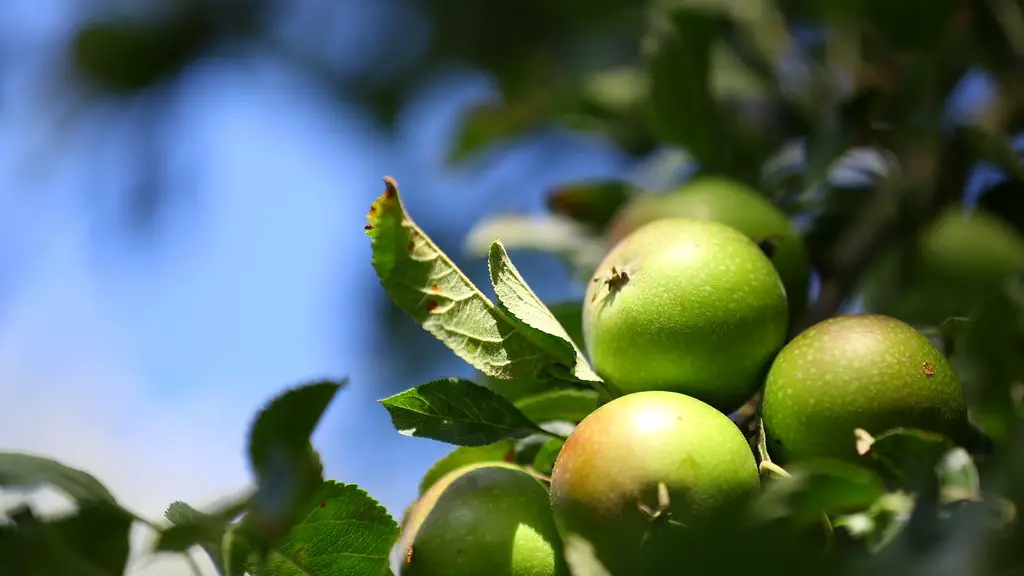1. Why Prune a Cherry Tree
Pruning a cherry tree is essential to keep it healthy and promote flowering and fruiting. With selective pruning, you can shape the tree to your liking and create an aesthetically pleasing display. By pruning a cherry tree, the branches will be less prone to disease and breakage and can evenly bear fruit. Pruning also provides more air circulation within the tree, which discourages fungal infection. If there lost of dead branches and stems, pruning will also help promote new growth.
2. When to Prune
The best time to prune a cherry tree is during late winter and early spring, when the tree is still dormant. Pruning during the winter gives the tree a chance to heal and recover in preparation for the warm weather. It is also the best time to avoid the introduction of disease and pests. Pruning in the summer and early fall may lead to the spread of disease and encourage disease-causing organisms.
3. Considerations For Pruning
Before you start pruning your cherry tree, you should assess the tree’s current health and condition. Check the tree’s branches and stems for any signs of disease or pest infestations. If any of these are present, you may want to wait until the infection clears up before pruning. You will also need to take into account the size and shape of the tree, where it is planted, the amount of light it receives, and the amount of water and nutrients it gets.
4. Pruning Techniques
When pruning a cherry tree, you should use proper pruning techniques to ensure that the tree is not damaged. Start by removing dead, diseased and weak branches using a sharp pair of pruning shears. Make sure to cut the branches flush with the trunk and make sure that the cuts are clean and neat. Afterward, prune away any branches that are growing in the wrong direction, are crisscrossing or rubbing against each other, or are blocking the sunlight from reaching the tree. Finally, remove any suckers at the base of the tree to encourage the tree to focus its energy on the main body.
5. Thin Out the Canopy
Once the initial pruning is complete, you can start thinning out the cherry tree’s canopy. This is done by removing smaller inner branches and leaves to allow light and air to circulate more freely through the tree. This also reduces the competition of leaves for the same light and nutrients, which encourages the tree to grow in a more balanced manner. When thinning out the canopy, you should remove no more than one-third of the existing branches and leaves.
6. Don’t Over-Prune
When pruning a cherry tree, it’s important to not over prune. Over-pruning will cause the tree to produce fewer flowers and fruits. It can also lead to decreased vigor and can weaken the tree’s ability to defend itself against diseases and pests. To avoid over-pruning, make sure that the cuts are made in the right places, specifically in areas where the tree can easily heal and recover.
7. Restoration Pruning
If a cherry tree has been neglected and its shape is out of control, you may need to resort to restoration pruning. This involves the removal of large branches and stems to restore the tree to its desired shape. When restoring a cherry tree, it’s important to ensure that the tree does not suffer a loss of energy and vigor. To do this, you should prune the tree in stages, removing small amounts of wood each time.
8. Diseases and Pests
Pruning a cherry tree regularly is also important to keep it healthy and free from diseases and pests. Pruning encourages air circulation, which helps reduce the spread of disease and allows the tree to heal quickly. Trimming the tree back can also help the tree to resist infestations and emergent pests. Make sure to inspect the tree’s branches and leaves for signs of disease or pests before pruning and take the necessary steps to control them.
9. Fertilization
Pruning will help cherry trees grow faster, flower more, and bear fruit more efficiently. However, pruning alone is not enough. Cherry trees require regular fertilization to ensure that they are getting all the essential nutrients required for healthy growth. Depending on the age and condition of the tree, you should use a fertilizer specifically made for fruit trees.
10. Final Thoughts
Pruning a cherry tree is essential to ensure its health and productivity. Pruning should be done during late winter and early spring, when the tree is still dormant and pruning techniques should be used to reduce damage. Pruning also helps keep diseases and pests away and encourages air circulation. When pruning, make sure to not over- prune and fertilize the tree regularly to ensure its health.

